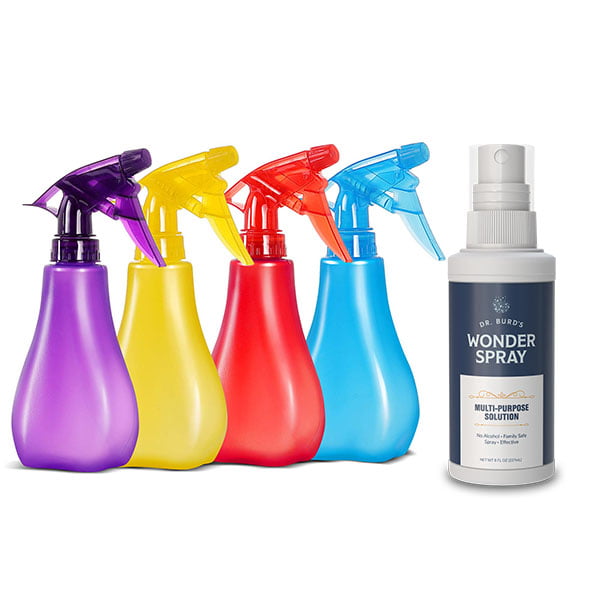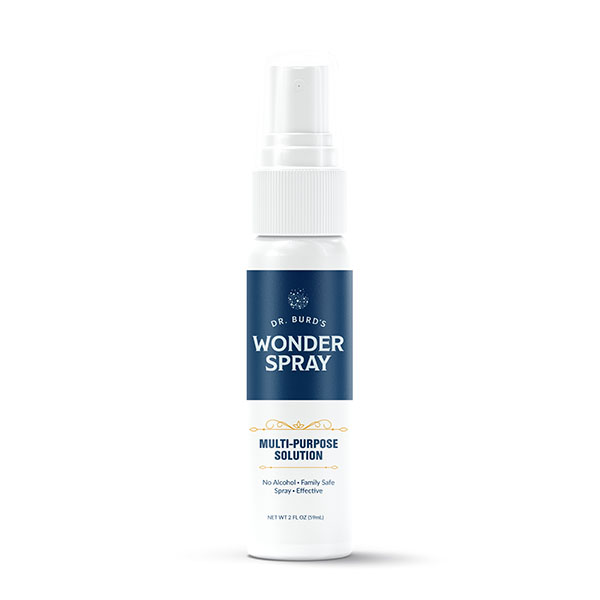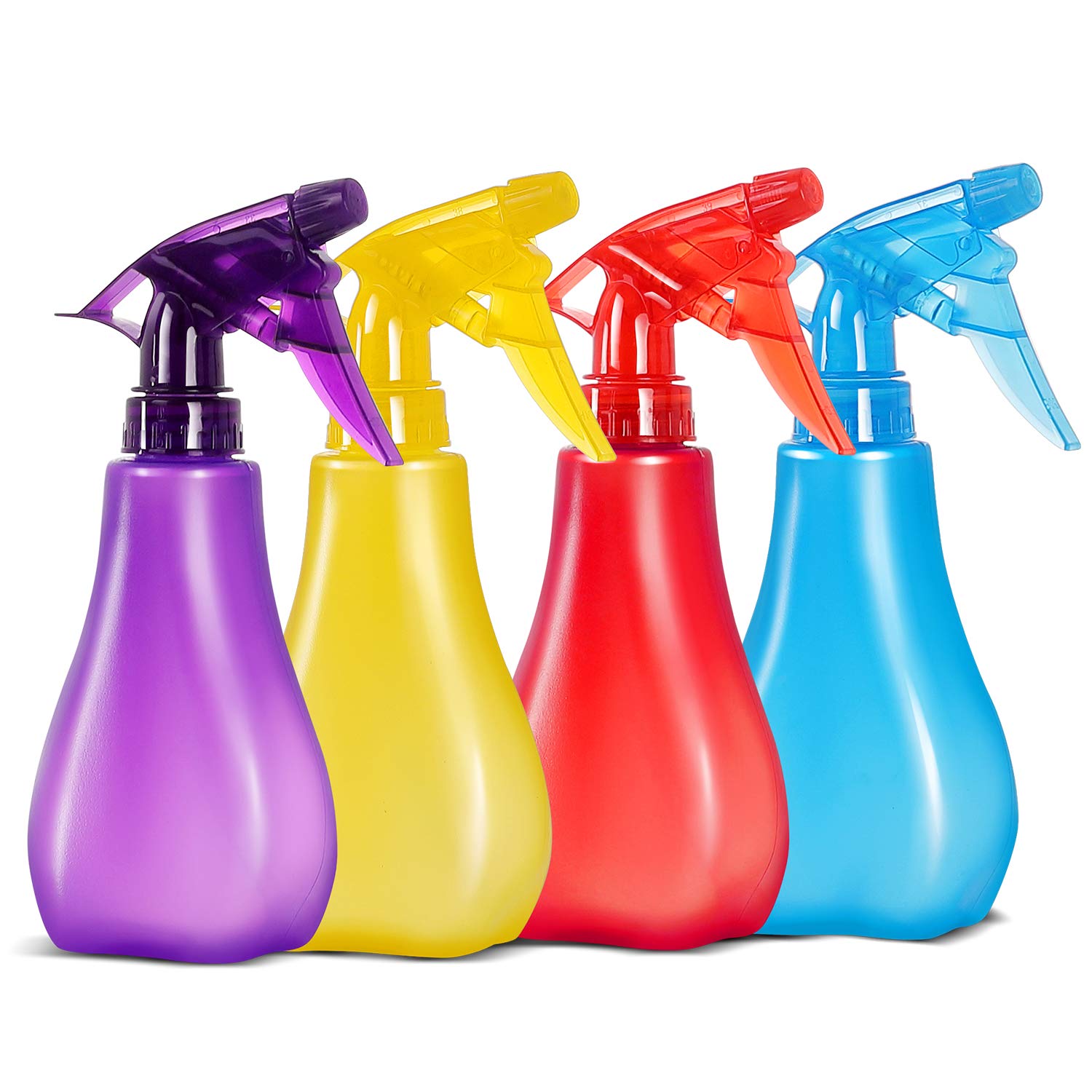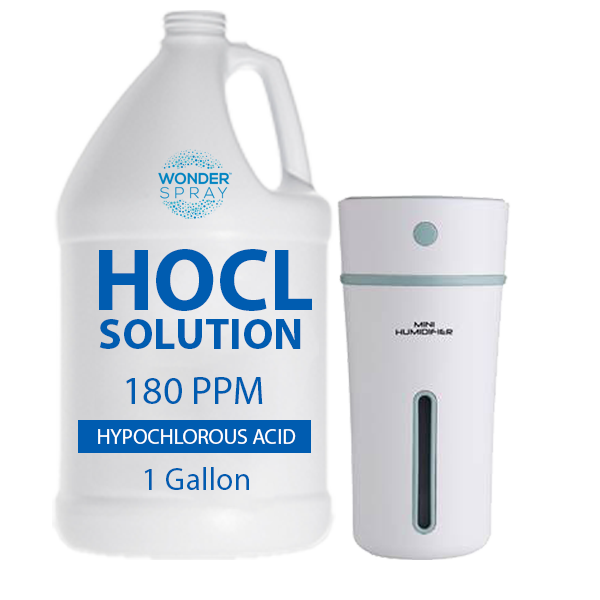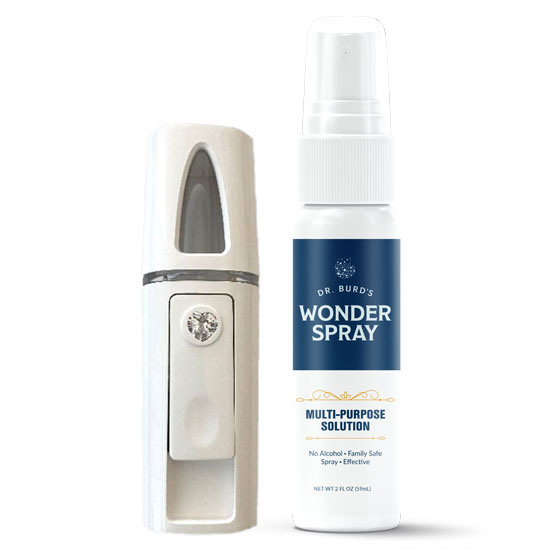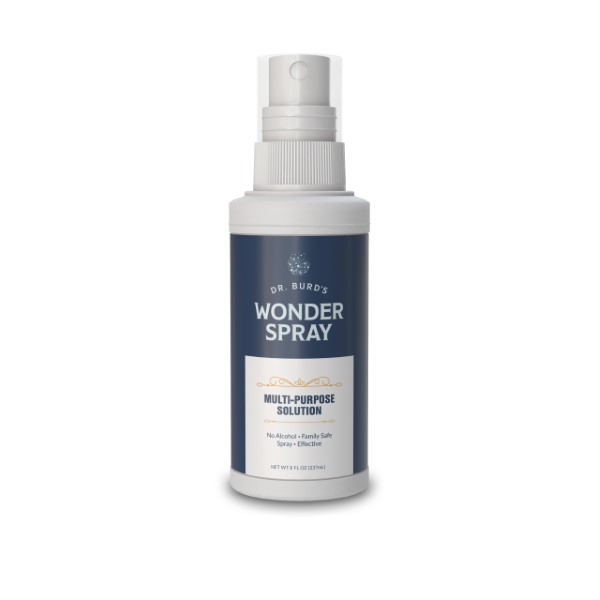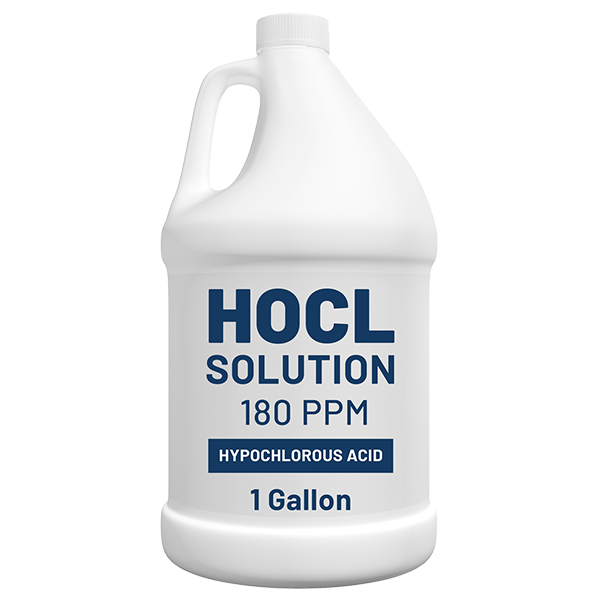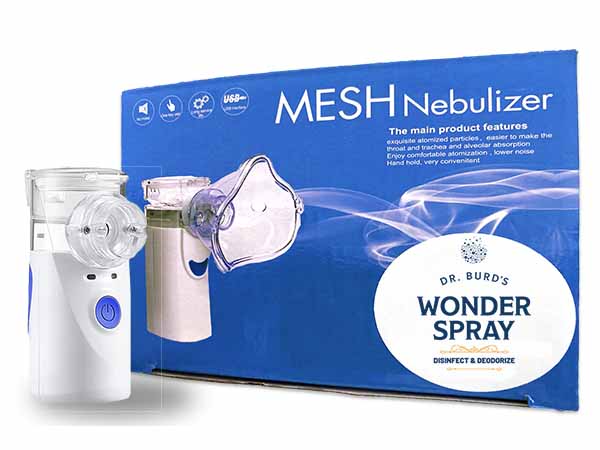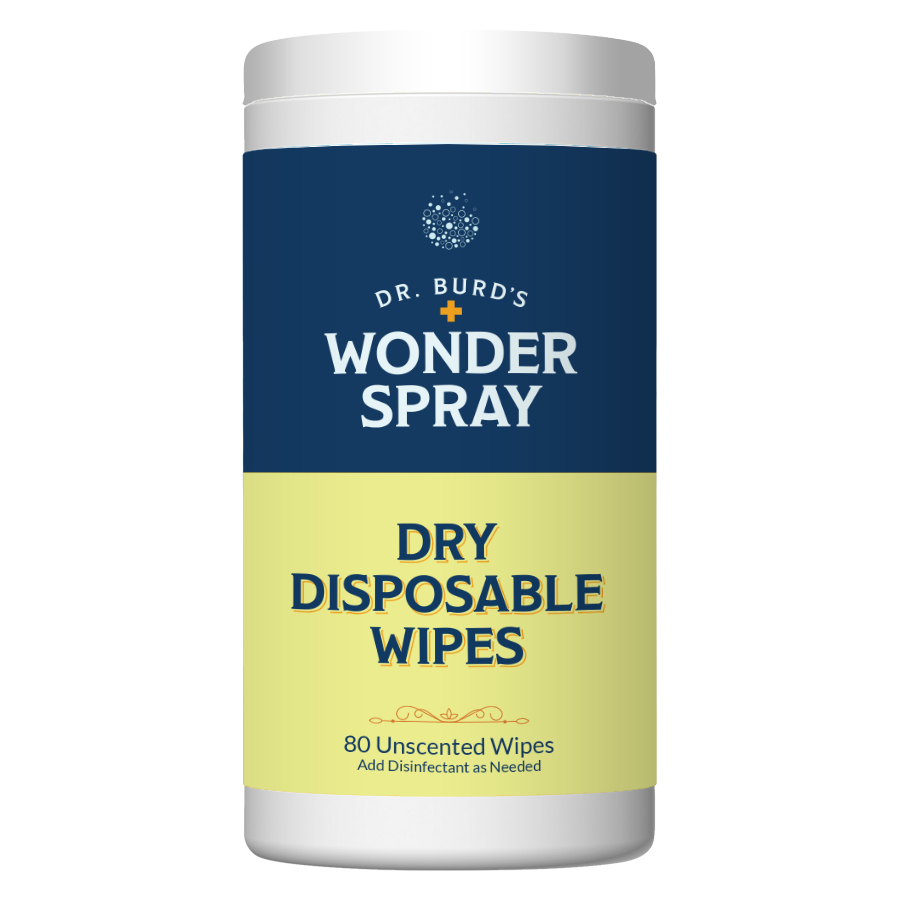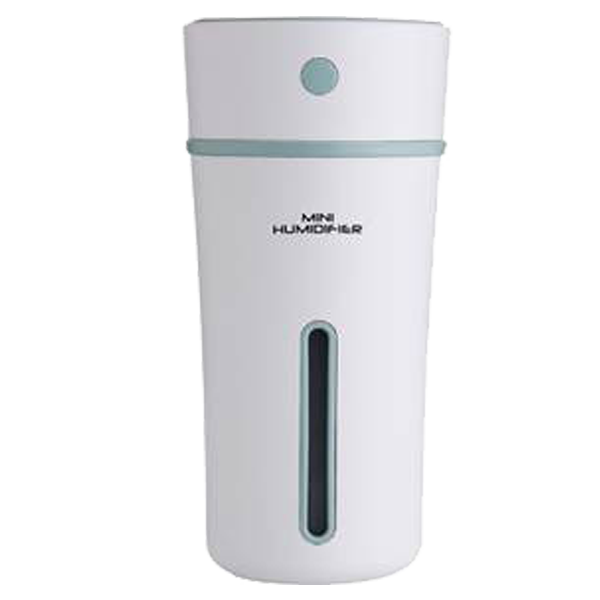[ad_1]
Are you currently using chlorine? If you are, you need to know its effects on water chemistry. If it is ineffective, you will be wasting your time and money. This article is a summarization of research to help explain pH, ORP and their relationship with chlorination.
Before we can discuss ORP, we must first learn about oxidation. Oxidation is simply defined a reaction in which the atoms of an element lose electrons. Oxidation can even occur at different speeds. Examples of slow oxidation include a piece of metal rusting or an apple slice turning brown. Wood burning in a fire is an example of rapid oxidation. An atom that loses an electron in the process is said to be “oxidized.” The atom that gains an electron is said to be “reduced.” ORP is an abbreviation for oxidation reduction potential. In practical terms, ORP is a measurement in millivolts (mV) of the oxidation levels in water. This determines the ability of the water sanitizer to be effective. It now becomes equivocally more important to test for ORP as well as ppm. It is possible that ppm may test as being inadequate and ineffective because of a low ORP. ORP does not relate only to chlorine, but to any type of sanitizer (oxidant).
To test for ORP, one needs an ORP meter to measure the voltage between the electrodes. Organic contaminants block the electrical current between the two probes, thus, causing a reduced mV reading. If one received a high mV reading, this would indicate that there is little to no organic contaminants in the water supply, thus meaning that it is not necessary to maintain or add an oxidation/sanitization agent into the water. Lower mV readings will indicate a higher level of contaminants in the water. It is then necessary to increase the oxidation/sanitation agent into the water.
Next, let’s examine some variables that affect the oxidizing agents. The most important variable, that is also the most misunderstood, is pH (Hydrogen Potential/Power). What actually is pH? The scientific definition is the logarithm of the reciprocal of the hydrogen ion concentration. Or more simply stated pH is a number between 0 and 14, denoting various degrees of acidity or alkalinity. Neutral water has a pH of 7. Water below 7 is acidic and becomes more acidic as it approached zero. Water above 7 is alkaline and alkalinity increases as it approaches 14. What is the pH of your water and how does it improve or impair the chlorine’s ability to be effective? When the pH of your water is 7 or below, chlorine will act primarily as a sanitizer. At this level, it is very effect at killing bacteria. At 7.4, chlorine will act equally as a sanitizer and oxidizer. Above 7.8, the chlorine will act principally as an oxidizer.
The pH of chlorine is 11.7. It would seem logical that adding chlorine into water having a neutral pH would make the water more alkaline and this is true in a majority of the cases. Keeping this in mind, it may be necessary to lower the pH of water with an acid in order to increase the efficacy of chlorine in the killing of bacteria if your water has a high pH to begin with. When chlorine is added to water it becomes hypochlorite ions (OCI) and hypochlorous acid (HOCI) in a quantity determined by the pH as indicated by the chart below:
pH OCI HOCI
6.0 3.50% 96.50%
6.5 10.00% 90.00%
7.0 27.50% 72.50%
7.5 50.00% 50.00%
8.0 78.50% 21.50%
8.5 90.00% 10.00%
Chemicals like chlorine, bromine, and ozone are examples of oxidizers. It is their ability to oxidize or steal electrons from other substances that makes them good water sanitizers. As soon as the oxidizing agent is added to the water, it begins to combine with microorganisms like bacteria, algae, and whatever else the water may contain. Now the free and available oxidizer is combining with contaminants and its effectiveness is reduced according to how much combining took place.
To make sure that the chemical process continues to the very end, you must have a high enough concentration of oxidizer in the water to do the whole job. This is where ORP becomes relevant. It is widely accepted that an ORP of 650 mV is necessary for safe drinking water and oxidation residuals. However, some microorganisms may require 750 mV or higher. It is the hypochlorous acid that will kill bacteria in just a few seconds if the ORP is in excess of 650mV. However, the hypochlorite ions are probably not yet working by the time the water has been consumed. Testing and controlling ORP can save you time and money. You can know if the sanitizer being used is effective and if the proper residual is maintained. Hence, your money is well spent.
Now that you have a better understanding of pH, you should be more cautious about keeping the pH range in line for your swimming pool. This is especially important for salt water pools owners because these individuals tend to not maintain or test their water more often. Just because the water is clear, does not mean the water is safe to swim in.
[ad_2]
Source by Steve McCune

